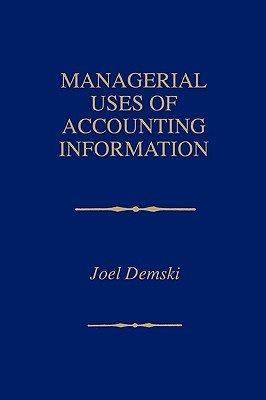aeeounting versus eeonomie history Ralph forms a firm by investing 1,000 dollaes. This cash is immediately paid
Question:
aeeounting versus eeonomie history Ralph forms a firm by investing 1,000 dollaes. This cash is immediately paid for a machine with a usefullife of 3 yeaes. The net cash inflow from this maehine will be 110 at the end of the fiest year, 0 at the end of the second year, and 1,197.90 at the end of the third year. Net cash inflow is paid as adividend immediately upon receipt. Also the third year net ca sh flow of 1,197.90 consists of 1,000 from customers and 197.90 salvage value received when the machine is retired at that time. (The firm ceases to exist after the year 3 dividend is paid.)
a] Assume Ralph's accountant uses sum of the years' digits depreciation. Tell RaIph's history with end-of-year balanee sheets, periodic income statements, and periodic cash flow statements. The initial balance sheet should show an asset (call it P&E) of 1,000 and capital stock of 1,000.
b] Assume the interest rate is r = 10%. Tell Ralph's history, again with balance sheets, income statements, and cash flow statements, but in terms of economic income.
c] Construct a 3-year income statement for Ralph. Does the total of the income numbers in your answer to [a] agree with this answer? What about the total of the economic income numbers?
d] eloseIy examine your accounting andeconomic income numbers forthe second year. What numbers in the overall history determine the economic income in the second period? (Hint: think in terms of change in present value pius dividends.)
What numbers in the overall history determine the accounting income in the second period?
e] To what extent is it correct to say accounting income is a backward looking calculation, based on actual transactions, and economic income is a forward looking calculation, based on anticipated transactions?AppendixLO1
Step by Step Answer:






